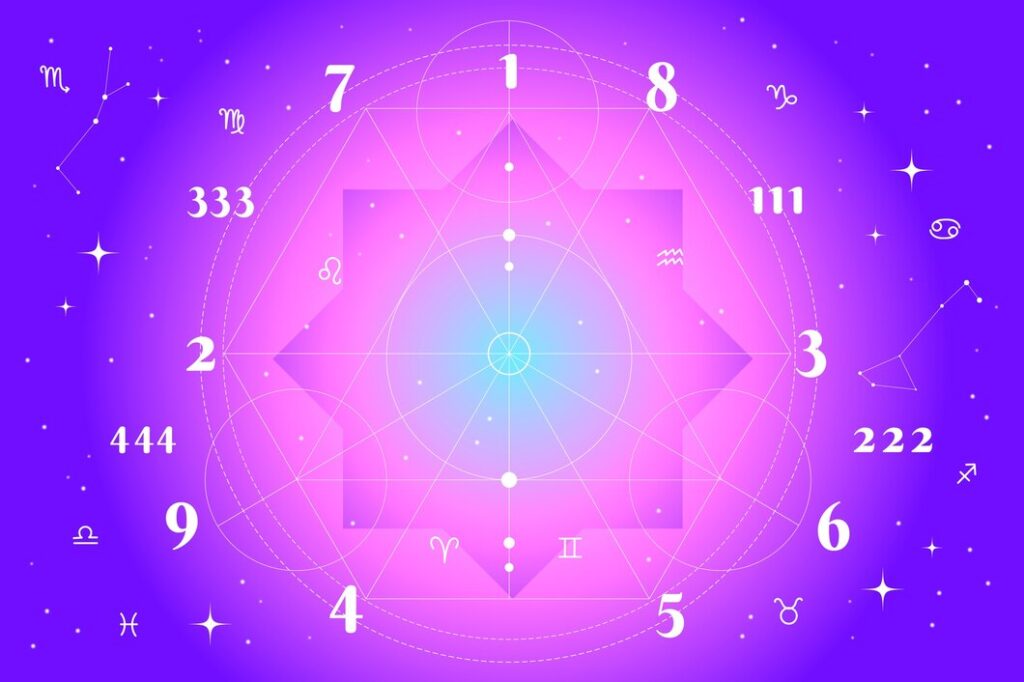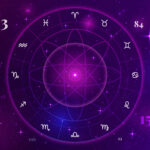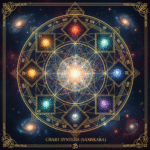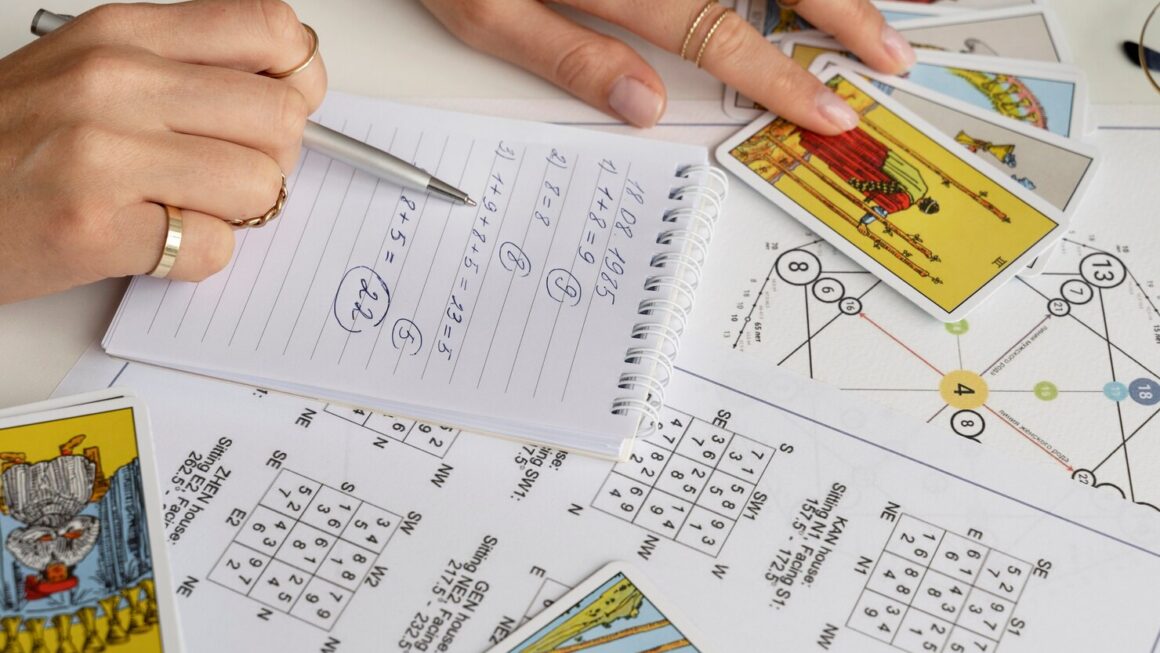Have you ever looked at a birth chart perhaps your own and felt a disconnect? You might see a “perfect” Rasi chart (D1) with exalted planets and strong house lords, yet the person’s life is a story of struggle. Conversely, you might see a seemingly weak or afflicted chart that belongs to a highly successful CEO, a world-famous artist, or a happily married individual. This apparent contradiction is one of the biggest puzzles in Vedic astrology (Jyotish), and it often leaves beginners frustrated and skeptical.
What’s the secret? The answer, and the key to unlocking true predictive insight, lies beyond the surface of the main birth chart. The “secret” is in the Vargas, or the Divisional Charts.
Understanding divisional charts importance is what separates superficial, “cookbook” astrology from a deep, nuanced, and accurate analysis. The Rasi chart is the body, but the Varga charts are the soul and the subtle energies that animate it. This guide will explain why these charts are not just optional but absolutely essential for accurate prediction.

Astrological Yogas: The Rasi Chart’s Promise vs. Reality
In Jyotish, planetary yogas or combinations in astrology (like Raja Yogas for power or Dhana Yogas for wealth) are formed in the Rasi chart. This main chart is the foundational map of your life. It shows the physical, tangible world, your body, your environment, and the broad potential of events that can happen to you. It’s the “promise” of your karma.
However, a promise is not the same as the final delivery. The Rasi chart, by itself, is a blunt instrument. A single house, like the 5th house, governs many different things: intellect, children, creativity, investments, and past life merit.
A strong 5th lord in the Rasi chart is a general positive sign, but it doesn’t tell you the specific quality of each of these areas. Will your intellect be brilliant but your investments fail? Will you have wonderful children but no creative success? The Rasi chart struggles to differentiate. This is the primary reason why use divisional charts is not just a recommendation, but a necessity.
The OREO Argument: Why Varga Significance is Paramount
Here is the core argument for the critical varga importance in any astrological analysis.
- (Opinion): Relying solely on the Rasi (D1) chart for specific, nuanced predictions is a fundamental flaw that leads to the majority of failed interpretations. The true significance of the varga charts lies in their power to reveal the intrinsic quality, true operational strength, and specific domain of a planet’s potential.
- (Reason): The Varga charts are mathematical “zooms” or “harmonics” of the Rasi chart. Each Varga is created by dividing the 30 degrees of a sign into a specific number of segments (e.g., 9 segments for the Navamsa, 10 for the Dasamsa) and then re-mapping the planets into a new chart based on which segment they fall into. This process acts as a filter. The D9 (Navamsa) chart, for example, filters for the internal quality, dharma, and marital life, while the D10 (Dasamsa) chart filters for career, public action, and achievement. This allows us.
- (Example): This is the ultimate “mythbuster” for why yogas fail. Let’s say a person has Venus exalted in Pisces in the 10th house of their Rasi chart. This looks like a spectacular Malavya Yoga (a Mahapurusha Yoga) promising a brilliant, high-status career in the arts or media. A superficial analysis would predict guaranteed fame. But then, you look deeper. You calculate the Dasamsa (D10) chart for career and find that this same Venus falls into Virgo in the D10, its sign of debilitation.
- What does this mean? The Rasi promise (exalted Venus in 10th) shows that the person’s career path will be defined by Venusian themes (arts, media, luxury) and they will be seen by the public. But the D10 weakness (debilitated Venus) reveals the actual quality of their work and status. This person might be a struggling artist, a “one-hit wonder” who fades quickly, or they might achieve fame but be plagued by scandals (a quality of debilitated Venus). The “promise” of the Rasi is undermined by the “reality” of the Varga.
- Conversely, a person might have a debilitated Saturn in the Rasi, suggesting a weak career. But if that Saturn is Vargottama (in the same sign in the D9) and exalted in the D10, it indicates a person who, after a slow start, will rise to a position of immense power and authority, possessing the discipline (Saturn) to achieve massive success.
- What does this mean? The Rasi promise (exalted Venus in 10th) shows that the person’s career path will be defined by Venusian themes (arts, media, luxury) and they will be seen by the public. But the D10 weakness (debilitated Venus) reveals the actual quality of their work and status. This person might be a struggling artist, a “one-hit wonder” who fades quickly, or they might achieve fame but be plagued by scandals (a quality of debilitated Venus). The “promise” of the Rasi is undermined by the “reality” of the Varga.
- (Opinion/Restatement): Therefore, the varga significance is absolute. The Varga charts show the true condition of a planet’s soul. They answer why a yoga fails or why a seemingly weak planet gives “Raja Yoga” results. They are the ultimate code-breakers.
A Practical Method for Using Divisional Charts in Prediction
So, why use divisional charts in a practical reading? They are used to confirm, deny, or refine the promises seen in the Rasi (D1) chart. Here is a simple, 4-step process for a basic assessment.
Step 1: Analyze the Promise in the Rasi (D1) Chart
The Rasi chart is always the starting point. It represents the “body” and the tangible, physical world. Does a yoga even exist here? Is the 5th lord (children) conjunct the 9th lord (fortune)? Is the 10th lord (career) strong? You must first see the “promise” of an event in the Rasi. If the Rasi chart shows no potential for something, it is very unlikely to manifest, even if a Varga chart looks good.
Step 2: Check the “Fruit” in the Navamsa (D9) Chart
The Navamsa (D9) is the most important divisional chart and is consulted for all matters, not just marriage. It is called the “fruit” of the “tree” (the Rasi chart). It shows the intrinsic quality and hidden strength of a planet.
- Confirmation: If a planet is strong in the D1 (e.g., exalted) and also strong in the D9 (e.g., exalted, Vargottama, or in its own sign), its positive promise is confirmed and will manifest powerfully.
- Contradiction: If a planet is strong in D1 but weak (e.g., debilitated) in D9, the promise is superficial. The fruit is rotten. This is a primary reason why yogas fail.
- Hidden Strength: If a planet is weak in D1 but strong in D9, it indicates a hidden potential that can emerge, especially during its Dasha period, surprising everyone.
Step 3: Zoom In with the Specific Varga (D10, D7, etc.)
Once you have confirmed the general promise (D1) and its intrinsic quality (D9), you zoom in on the specific area of life using the relevant Varga.
- For Career & Status: Check the D10 (Dasamsa). Is the 10th lord from the Rasi chart well-placed in the D10? Are the D10 Lagna and its lord strong? Are planets like the Sun (authority) or Saturn (career) strong in the D10?
- For Children: Check the D7 (Saptamsa). Is the 5th lord from the Rasi chart well-placed in the D7? Is the D7 Lagna strong? Is Jupiter (significator for children) strong in the D7?
- For Property & Vehicles: Check the D4 (Chaturthamsa). Is the 4th lord from the Rasi chart strong in the D4? Is Mars (property) or Venus (vehicles) well-placed in the D4?
- For Education: Check the D24 (Siddhamsa). Are Mercury (intellect) and Jupiter (wisdom) strong in the D24? Is the 5th lord from the Rasi strong here?
Step 4: Activate the Promise with Dasha Timings
This is the final key to prediction. A planet delivers its Varga-specific results during its Dasha (planetary period).
- Example: You have a planet that is weak in the Rasi chart (D1), but exalted in the D10 (Career) chart. During this planet’s Mahadasha, you can predict that despite a humble or difficult start, the person will experience a dramatic and powerful rise in their career and professional status. The Varga promise is activated.
- This is another critical reason why yogas fail to appear: the Dasha of the yoga-forming planet may not run during an age when the person can take advantage of it (e.g., a Raja Yoga Dasha in early childhood).
Why Vargas? Because Context is Everything
The divisional charts importance boils down to one word: context. They provide the specific context for a planet’s operation. A planet is like an actor. The Rasi chart tells you who the actor is (e.g., Jupiter). The Varga chart tells you what role they are playing (a king in the D10, a pauper in the D4) and how well they can perform that specific role.
Ignoring the Vargas is like reading the summary on the back of a book and believing you understand the entire novel. The Rasi chart makes broad statements like “This person has the potential for wealth.” The Varga charts add the critical, non-negotiable details: “…but the D2 (Hora) chart shows this wealth will be unstable, the D4 (Chaturthamsa) shows it will not be from property, and the D10 (Dasamsa) shows it will come from their powerful career.”
This multi-layered approach is the true genius of Vedic astrology. It is a system designed to analyze the full, complex, and multi-faceted nature of human life. The Rasi chart is the physical, the Navamsa is the spiritual, and the other Vargas are the specific arenas of life where our karma unfolds.
Conclusion: The Key to Accurate Astrological Insight
So, why use divisional charts? We use them because they are the key to moving from generalized guesses to specific, accurate insights. They are the tools that reveal the true quality, strength, and manifestation of every promise and challenge in the main birth chart. They explain the paradoxes that baffle beginners and provide the deep, nuanced understanding that is the hallmark of true astrological wisdom.
The Rasi chart is the map of the ocean, but the Varga charts are the detailed navigational charts that show the currents, the depths, and the hidden treasures. No serious astrologer would attempt a prediction without them, and no serious student should ignore their profound significance.











